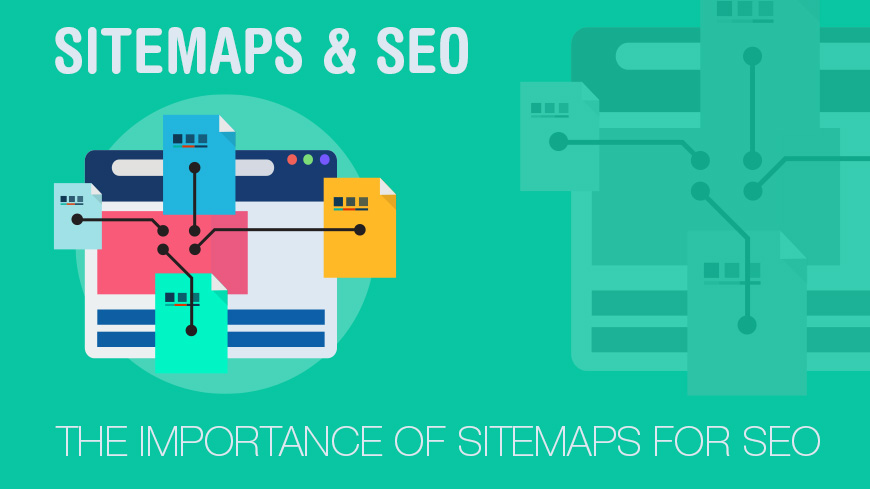
minishortner.com what is site map for seo
Understanding Sitemaps in SEO
Definition and Purpose
It almost always starts with me having to explain what exactly a sitemap is and why exactly it is important, when it comes to SEO. My sitemap is basically the organized AUTOPSY file, containing each of my web pages, a search map to the safest direction. Here's a list of the different URLs on my site along with some additional metadata such as the last modified date and priority levels of individual pages. It assists search engines to know how other pages on my website are linked in one way or the other and makes it easier for them to index.
Importance for Search Engines
The importance of a sitemap cannot be overstated, especially considering the vast number of websites available on the internet today. Search engines like Google utilize crawlers to discover content, but these crawlers have limited resources. By providing a sitemap, I can ensure that these crawlers can find all the necessary pages on my site efficiently. Without a sitemap, it's easy for important pages to go unnoticed or be indexed too late, which can ultimately harm my SEO efforts.
Role in User Navigation
While the primary purpose of a sitemap is to assist search engines, it also plays a crucial role in enhancing user experience. A well-structured sitemap allows visitors to navigate through my website easily. If a user is trying to find specific content and is struggling with my site's navigation, an HTML sitemap can come to the rescue. This user-friendly version of the sitemap provides an organized list of pages, making it easier for visitors to locate the information they need.
Types of Sitemaps and Their Uses
XML Sitemaps Explained
When discussing sitemaps, I often differentiate between XML sitemaps and HTML sitemaps. XML sitemaps are primarily designed for search engines. They contain all the essential pages I want indexed and are not displayed to regular users. These sitemaps serve a functional purpose, ensuring that search engine crawlers can identify all relevant pages on my website, even those that might be buried deep within my site's structure.
HTML Sitemaps for Users
On the other hand, HTML sitemaps are created with users in mind. They appear directly on my website and act as navigation aids, helping visitors find their way around. While I usually focus on XML sitemaps for SEO purposes, I recognize the value of providing an HTML sitemap for a better user experience. These sitemaps enhance usability and can even help reduce bounce rates by making it easier for users to find the content they're looking for.
Differences Between Sitemap Types
The primary difference between XML and HTML sitemaps is their intended audience. XML sitemaps cater to search engines, helping them with effective indexing.
In contrast, HTML sitemaps are geared towards users, improving navigability. Although both serve essential roles, there are instances where I prioritize one over the other, depending on my goals for SEO or user experience.
Creating an Effective Sitemap
Tools for Sitemap Generation
Creating a sitemap may sound intimidating, but there are numerous tools available to simplify the process.
For instance, most content management systems (CMS) like WordPress automatically generate XML sitemaps. I find this incredibly helpful, as it allows me to focus on creating quality content rather than spending time generating sitemaps manually.
However, I also appreciate having the option to customize my sitemap if I wish to include or omit specific pages.
Customizing Your Sitemap
Customization is a crucial aspect that I always consider when creating a sitemap. While many tools generate default sitemaps, I often tailor these files according to my SEO strategy. I might want to exclude certain pages that don’t offer value or prioritize specific URLs to enhance their chances of ranking higher in search results. This level of control allows me to fine-tune my sitemap to better serve my website’s goals.
Common Formats and Best Practices
Sitemaps can be created in various formats, including XML, HTML, and TXT files. Each format serves a different purpose, but for the most part, I focus on XML sitemaps for SEO and HTML sitemaps for user navigation. Best practices dictate that I keep my sitemaps updated to reflect any changes on my site. This way, I can be sure that both search engines and visitors have the most current information at their fingertips.
Benefits of Using Minishortner.com
Streamlined Sitemap Creation
Recently, I've started using Minishortner.com for my sitemap generation needs, and the experience has been rewarding. This platform simplifies the process considerably. After entering my site’s URL, I can generate a comprehensive sitemap in just a few seconds. The user interface is intuitive, making it easy to navigate through the options available.
Enhanced SEO and Site Visibility
One of the standout benefits of using Minishortner.com is the improved SEO visibility it provides. By streamlining the sitemap creation process, the platform enables search engines to crawl and index my content more effectively. I’ve noticed significant improvements in my site’s performance in search results since integrating this tool, which speaks volumes about the positive impact a sitemap has on my SEO efforts.
Increased Website Traffic Potential
Ultimately, the goal of optimizing my sitemap is to drive more traffic to my website. By using Minishortner.com to create an effective sitemap, I have been able to enhance my site's search engine ranking. Improved visibility means that my site appears more frequently in search results, ultimately leading to higher click-through rates and increased traffic. As a professional in my field, witnessing this growth has reaffirmed the importance of a well-structured sitemap.
In conclusion, understanding the significance of sitemaps in SEO has been a game changer for me. From the initial creation process to the eventual user experience enhancements, I've learned that both search engines and human visitors benefit from well-organized content. Utilizing tools like Minishortner.com further simplifies this process, allowing me to focus on what truly matters: delivering quality content while maximizing my website's performance in search results.
